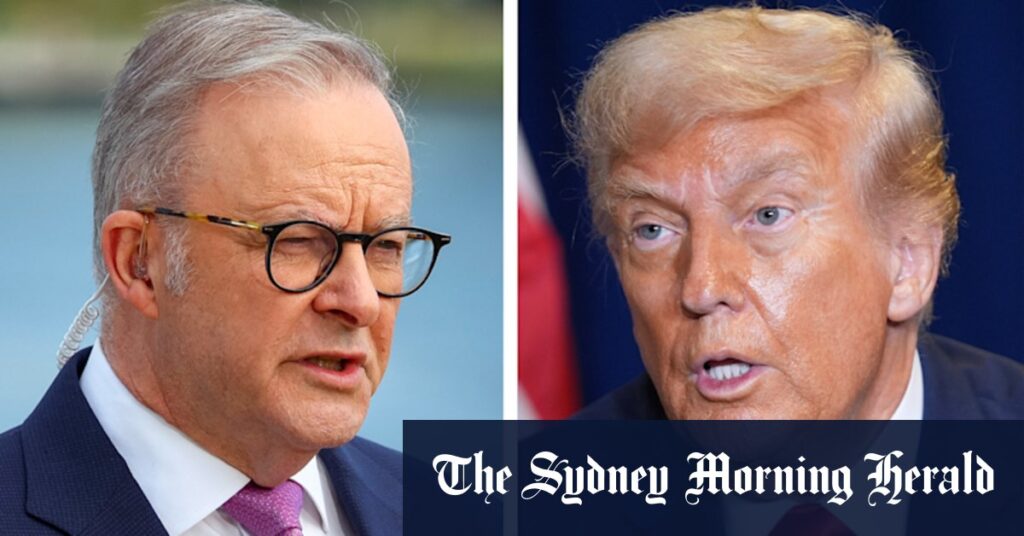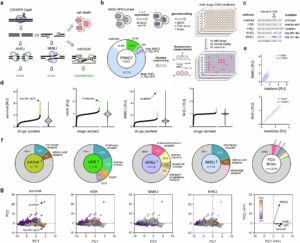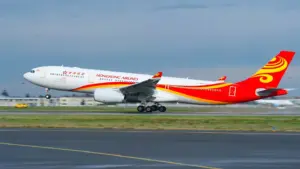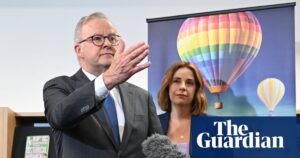
New York: Prime Minister Anthony Albanese is set to meet US President Donald Trump at the White House in Washington on October 20, putting an end to prolonged speculation about when the two leaders would convene for their first face-to-face meeting. A White House official confirmed the meeting date but withheld further details.
The announcement comes as Albanese attends the United Nations General Assembly in New York, where he is anticipated to encounter President Trump at a reception with over 100 world leaders on Tuesday night (Wednesday AEST). Previously, Albanese had indicated potential meetings with Trump on the sidelines of the ASEAN or APEC summits in Malaysia and South Korea later in October.
Strengthening the US-Australia Alliance
Speaking at a Macquarie Bank event in New York, US ambassador Kevin Rudd expressed optimism about the future of the Australia-US relationship. “And that’s why we were delighted to have the White House confirm this morning that the PM will be back in the United States on the 20th of October to meet with the President of the United States in Washington, DC,” Rudd stated. He emphasized the strength of the alliance, noting Australia as one of America’s few “continuing, robust, reliable allies.”
The meeting is expected to reassure supporters of the US-Australia alliance who were growing concerned about the delay in a formal meeting between Trump and Albanese. Justin Bassi, executive director of the Australian Strategic Policy Institute, remarked, “I’m usually sceptical about focusing too much on any individual meeting, but eight months into the second Trump administration, we really do want our leaders to be meeting face to face and talking about how we take the alliance forward.”
Global Context and Strategic Importance
The meeting comes at a critical time as global tensions rise with authoritarian regimes collaborating more closely, aiming to undermine democratic societies. Bassi highlighted the importance of the US-Australia relationship in deterring aggression, stating, “A critical relationship like ours should be prioritized by both sides because that’s the best way to deter aggression.”
The leaders have spoken four times by phone since Trump’s election last year but have yet to meet in person. The absence of a direct encounter had been criticized by some as a diplomatic shortcoming. Expectations for this meeting intensified following a recent phone call between the leaders and Trump’s public remarks about veteran Australian journalist John Lyons, whom Trump accused of undermining Australian diplomacy.
Historical Parallels and Future Implications
This meeting marks a significant moment in the historical context of US-Australia relations, reminiscent of past diplomatic engagements that have shaped the alliance. The relationship has been a cornerstone of regional stability in the Asia-Pacific, with both nations collaborating on various fronts, including security, trade, and climate change.
Looking forward, the meeting between Albanese and Trump is anticipated to address key issues such as regional security, economic cooperation, and joint efforts to combat climate change. The outcomes of this meeting could set the tone for future engagements and influence the strategic direction of the alliance.
As the world navigates complex geopolitical landscapes, the Albanese-Trump meeting at the White House represents a pivotal opportunity to reinforce ties and address shared challenges. The international community will be watching closely to see how this meeting shapes the future of the US-Australia partnership.







